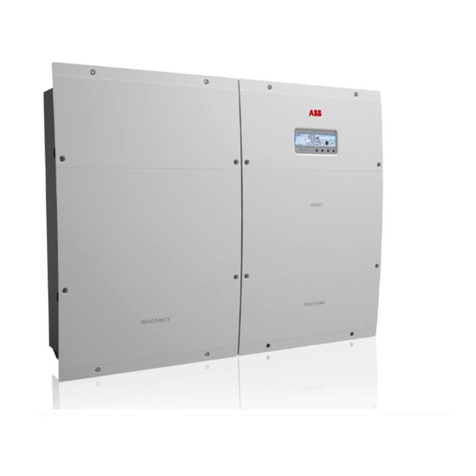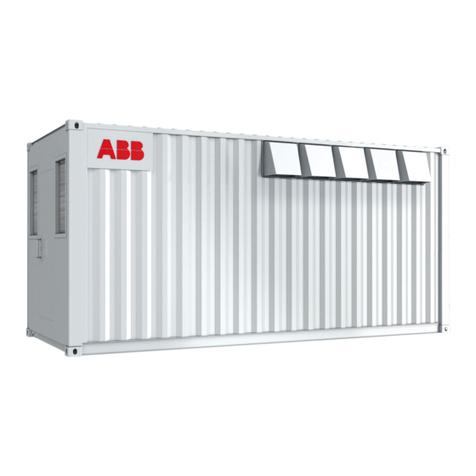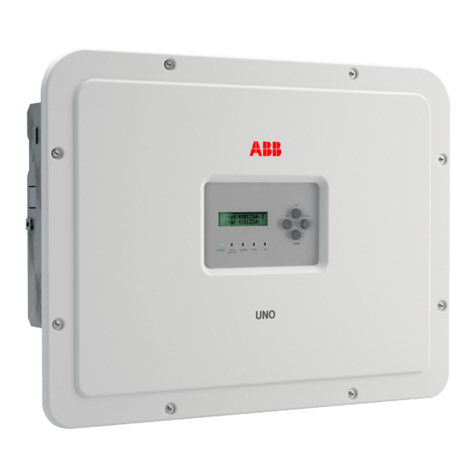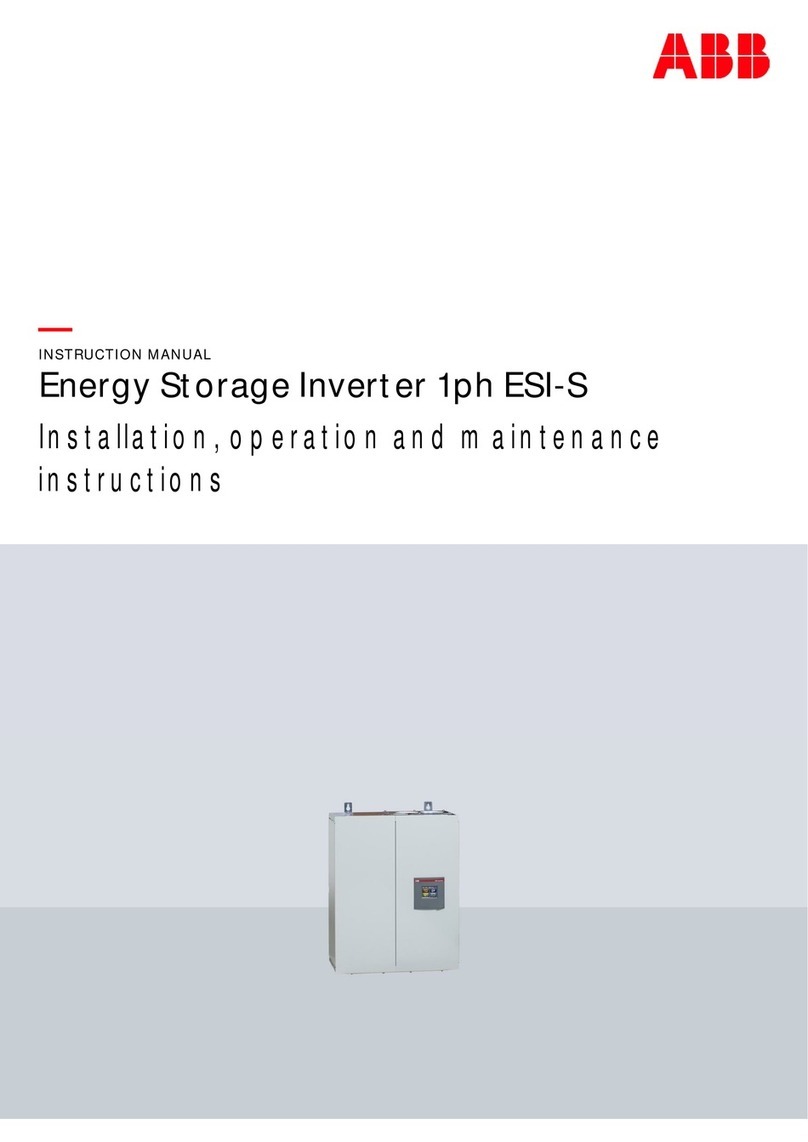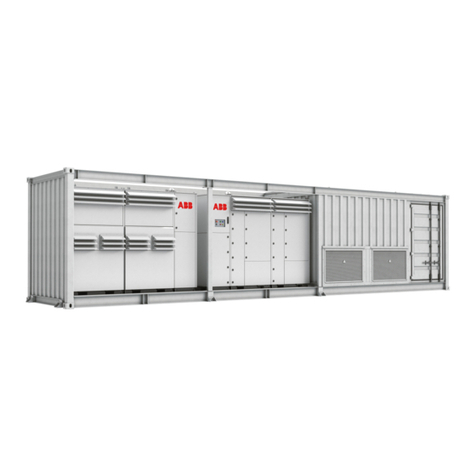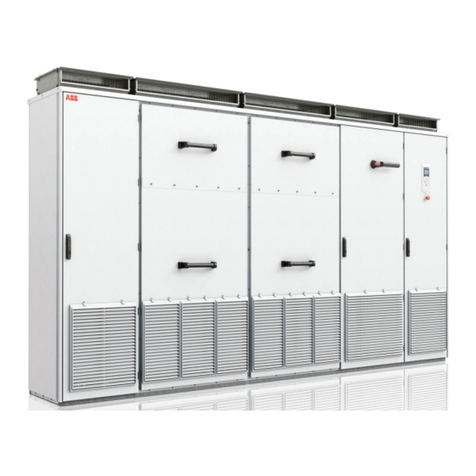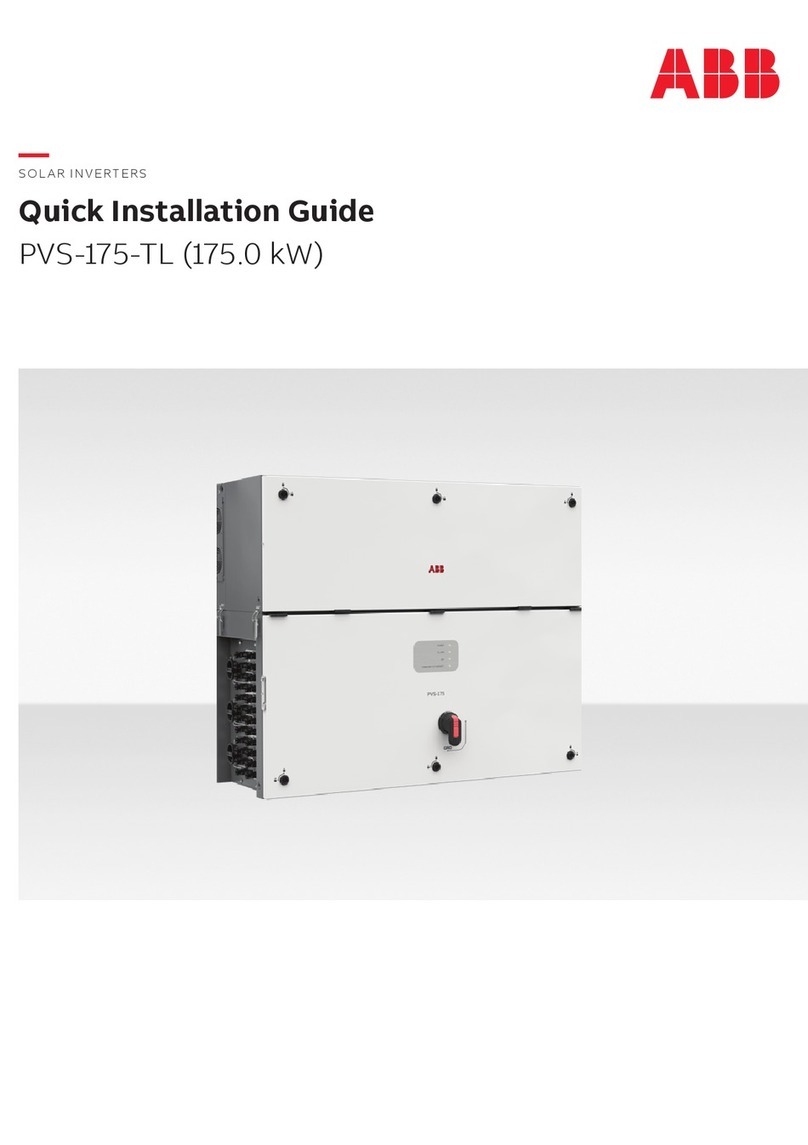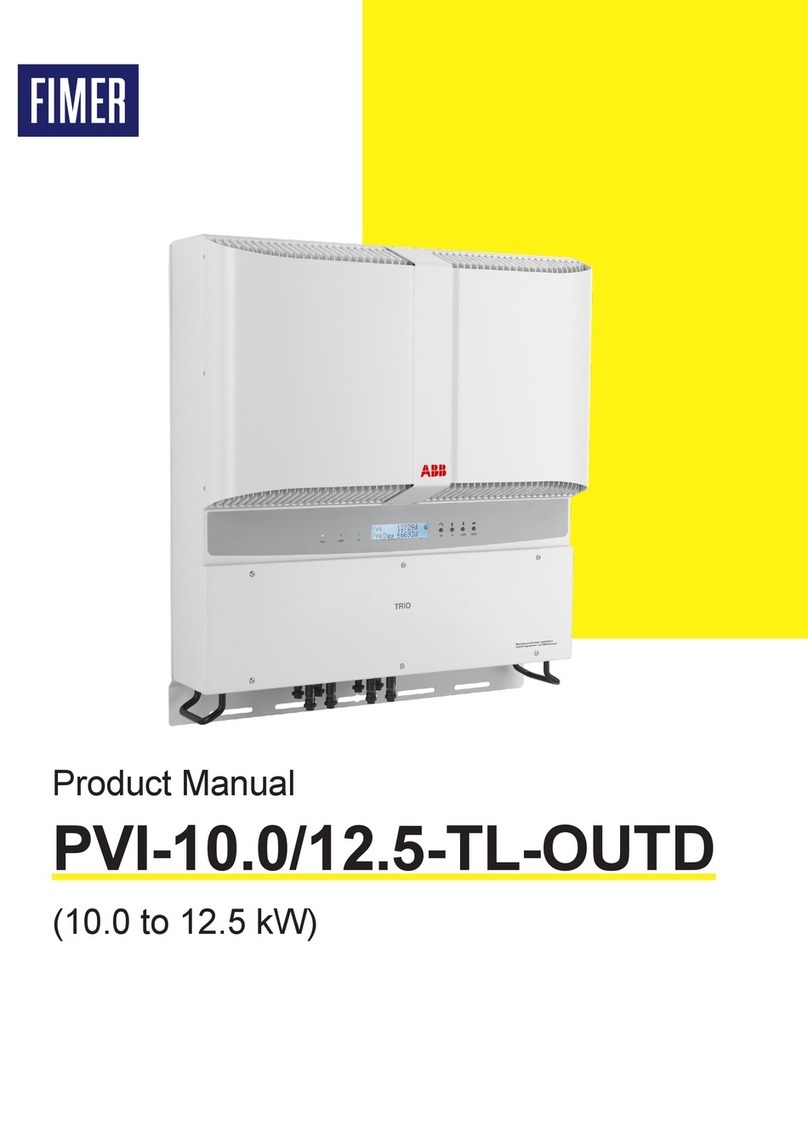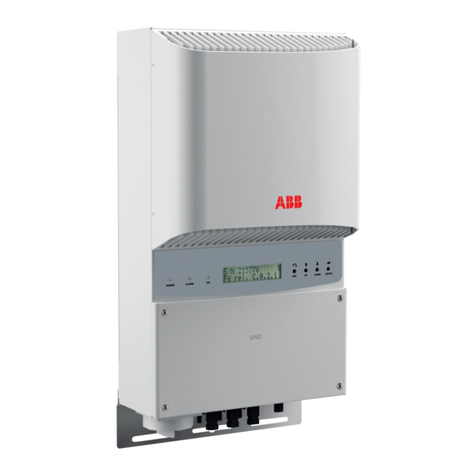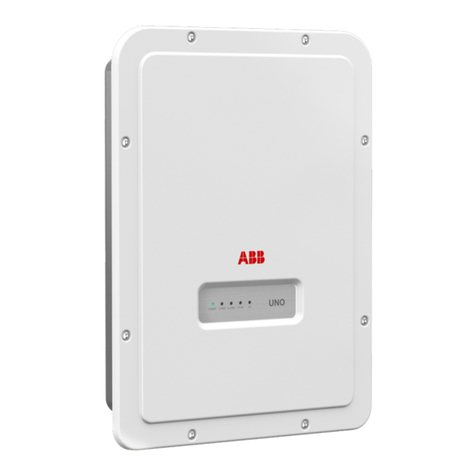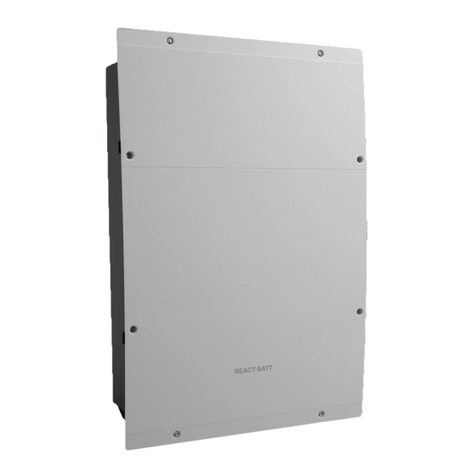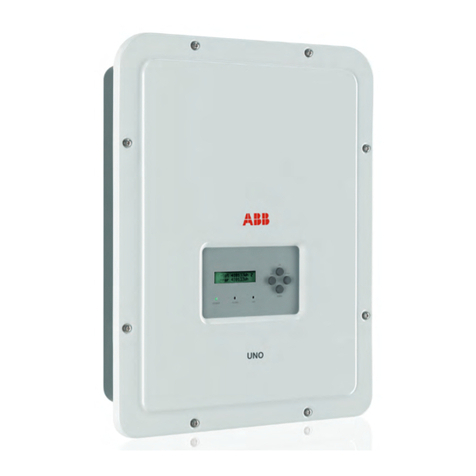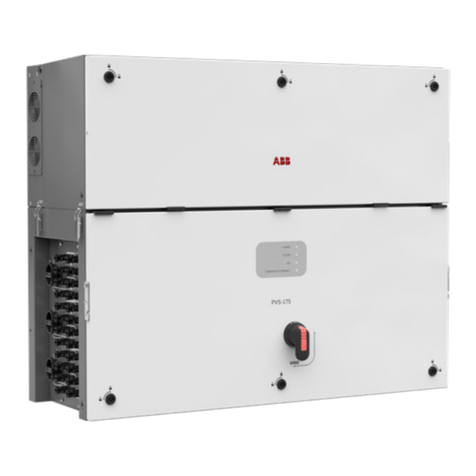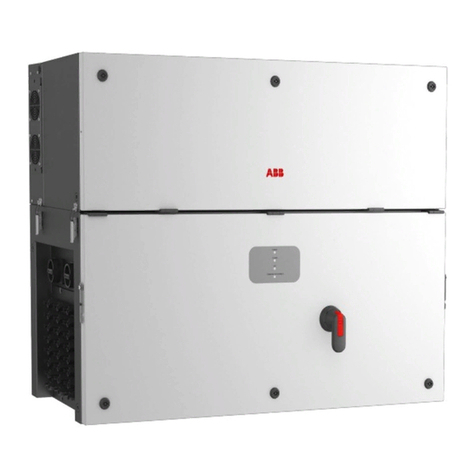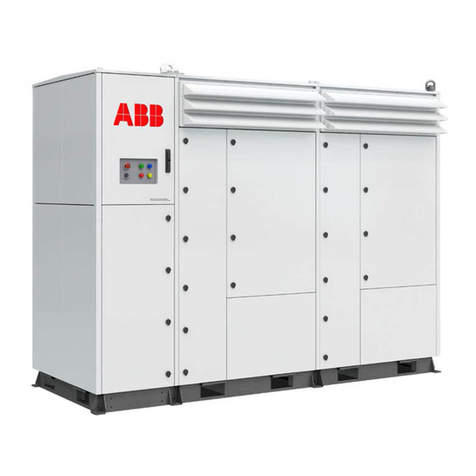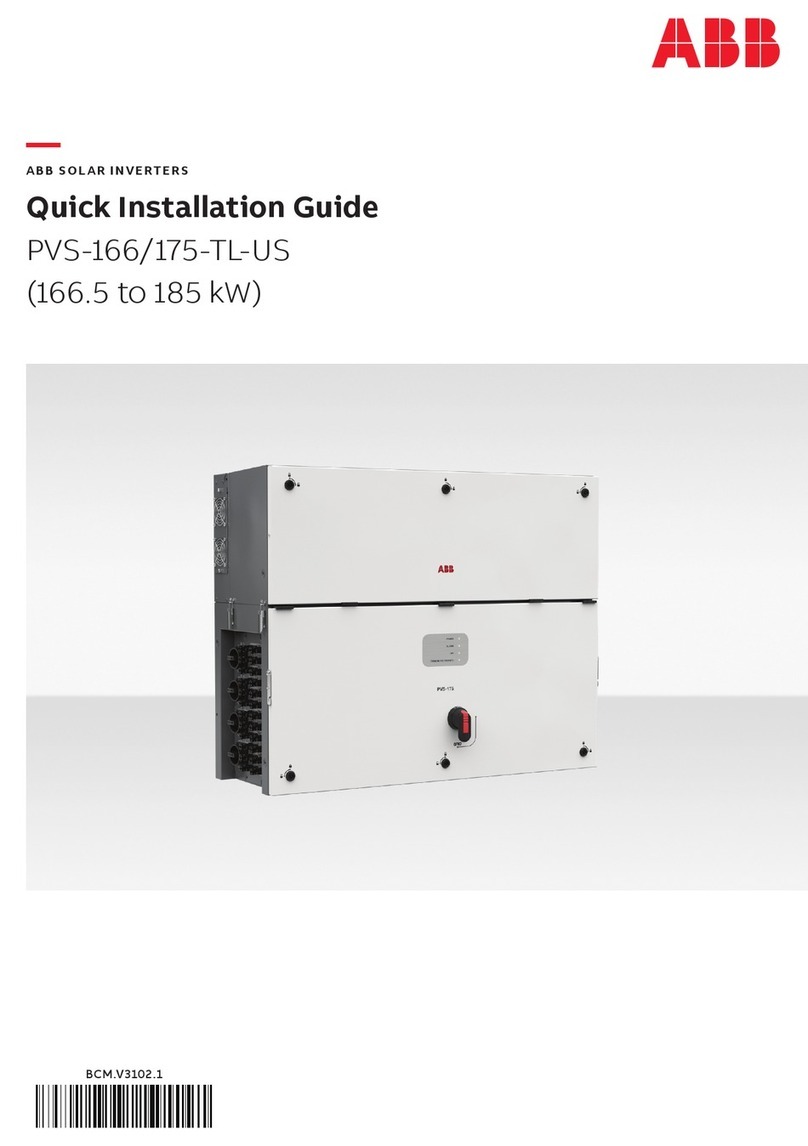
- 5 -
3002TC
Contents
Introduction and safety ...................................................................................................................... 7
Warnings in this document ...................................................................................................................7
Equipment safety warnings.................................................................................................7
General installation warnings..............................................................................................8
Assembly warnings ..............................................................................................................8
Electrical connection warnings...........................................................................................8
Safety instructions .................................................................................................................................9
General information..............................................................................................................9
Thermal and voltage hazard ................................................................................................9
Clothing and protective devices .......................................................................................10
Location of safety notices and labels...............................................................................10
Appropriate usage................................................................................................................................10
Environmental conditions..................................................................................................10
Improper or prohibited use................................................................................................10
Arc fault detection (AFD) .....................................................................................................................11
Available versions ................................................................................................................................11
Regulatory label ..................................................................................................................12
Installation location .......................................................................................................................... 13
Transportation and handling...............................................................................................................13
Lifting ...................................................................................................................................13
Incoming inspection...........................................................................................................13
Select the installation location............................................................................................................14
Environmental check..........................................................................................................14
Installation position ............................................................................................................15
Mounting and wiring ....................................................................................................................... 17
Wall mounting .......................................................................................................................................17
Wiring details ........................................................................................................................................19
Wiring box components.....................................................................................................19
Wiring connections.............................................................................................................22
DC array connections ..........................................................................................................................23
Independent or parallel configuration of inputs..............................................................24
Setting the input mode switch S1 .....................................................................................25
Parallel mode front switch wiring box –S versions only without AFD .........................25
Parallel mode bottom switch wiring box and -S version with AFD...............................26
AC grid connection ..............................................................................................................................26
Serial communication (RS-485).........................................................................................29
Daisy chain multi unit configuration ................................................................................29
Addressing each inverter...................................................................................................30
Configurable relay connection (Alarm) ............................................................................31
Remote control connection ...............................................................................................31
Monitoring system via serial (RS-485)..............................................................................31
